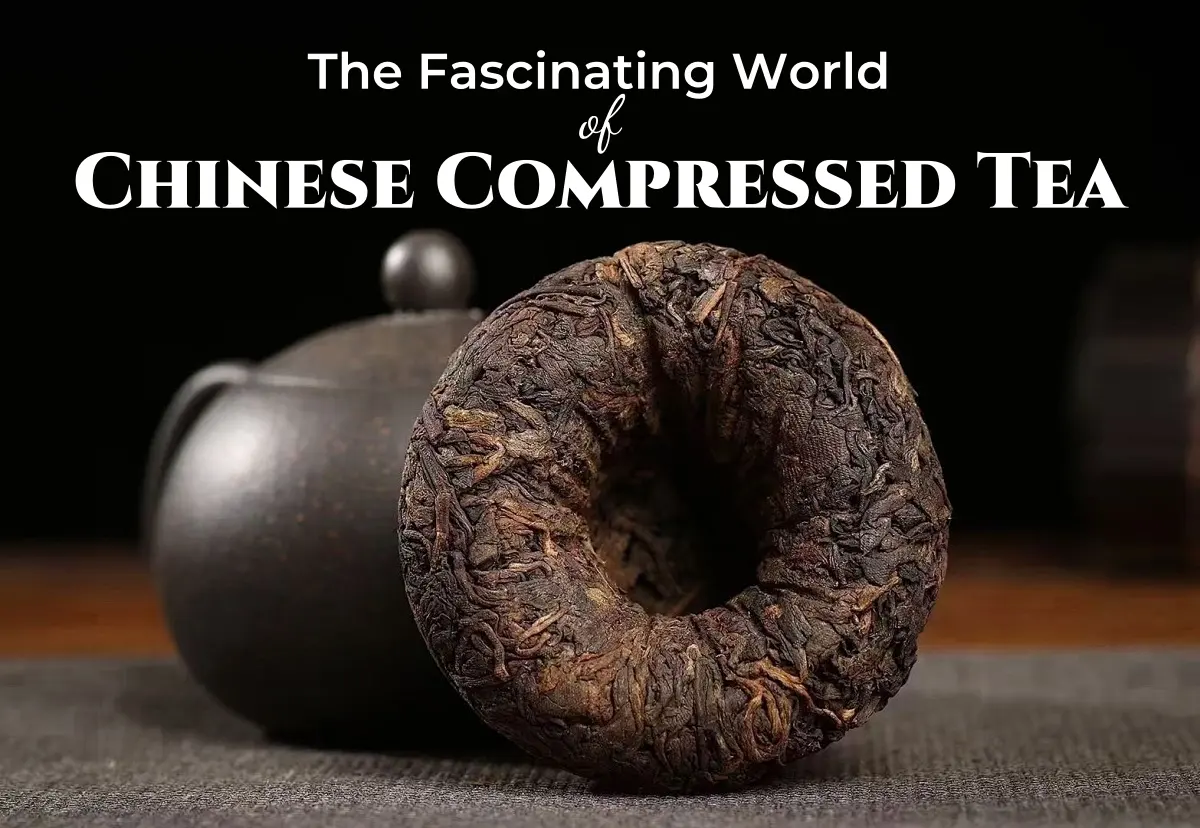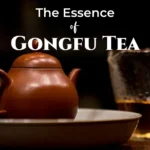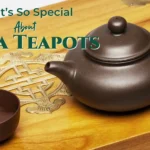Chinese compressed tea, a venerable tradition from the Tang Dynasty (618-907 CE), represents a unique tea processing and storage method. Unlike loose-leaf teas, compressed tea is formed into various shapes, such as cakes, bricks, or decorative designs. This technique was initially developed to facilitate the transportation of tea along the ancient Tea Horse Road, a network of trade routes connecting the tea-producing regions of China to Tibet and beyond.
The process of creating compressed tea is an art form in itself. Tea leaves are carefully selected, withered, and sometimes oxidized before being steamed and pressed into molds. The pressure applied during this process can vary, resulting in different densities and textures. Some compressed teas are so tightly packed that they require special tools, like tea picks or knives, to break off portions for brewing.
One of the most renowned types of compressed tea is pu-erh, which hails from Yunnan province. Pu-erh tea can be found in raw (sheng) and ripe (shou) varieties, each offering a distinct flavor profile and aging potential. Other popular forms of compressed tea include white tea cakes, green tea bricks, and even oolong tea discs.
The Allure of Compressed Tea Cakes
Compressed tea cakes, often called “bing cha” in Chinese, are among the most iconic forms of compressed tea. These disc-shaped teas, typically weighing around 357 grams (or 12.6 ounces), have become particularly associated with Pu-erh tea. However, you can also find tea cakes from various other tea types.
The appeal of compressed tea cakes extends beyond their aesthetic charm. The compression process can influence the tea’s flavor development over time, especially in the case of raw Pu-erh. As these cakes age, they undergo a natural fermentation process, resulting in more complex and nuanced flavors. Many tea connoisseurs collect and store tea cakes, making them mature like fine wines.
When it comes to brewing, tea cakes offer a unique experience. To prepare a cup, you’ll need to carefully pry off a small portion of the cake using a tea pick or knife. This ritual adds more mindfulness to your tea preparation, encouraging you to deeply engage with it and its origins.
Tea cakes also make excellent gifts or collector’s items. Many producers create limited-edition cakes with beautiful wrapper designs, which make them sought-after by tea enthusiasts and collectors alike.
Exploring the Variety of Compressed Tea Bricks
While tea cakes might be the most recognizable form of compressed tea, tea bricks offer another fascinating option for tea lovers to explore. These rectangular or square-shaped compressed teas have a rich history; they were once used as a currency in ancient China and Tibet.
Compressed tea bricks come in various sizes and can be made from different types of tea. Some of the most common varieties include:
- Pu-erh bricks: Both raw and ripe Pu-erh can be found in brick form, offering the same aging potential and complex flavors as their cake counterparts.
- Green tea bricks: These compressed green teas are often made from more robust leaf varieties and can offer a stronger, more concentrated flavor than loose-leaf green teas.
- Black tea bricks: Compressed black teas, such as Anhui’s famous Liu An basket tea, provide a unique twist on familiar black tea flavors.
- White tea bricks: Although less common, compressed white teas can offer a more intense version of the delicate flavors typically associated with loose-leaf white teas.
One of the advantages of tea bricks is their compact nature, making them ideal for storage and transportation. This quality made them particularly valuable along ancient trade routes and continues to appeal to modern tea drinkers who appreciate efficiency and longevity in their tea collections.
Brewing tea from a brick can be more challenging than using a tea cake, as the compression is often tighter. However, this density can also lead to a more concentrated and long-lasting brew, allowing you to infuse the same leaves multiple times.
Some tea enthusiasts even experiment with cooking using tea bricks. In certain cultures, tea bricks are ground into a powder and used as a seasoning or incorporated into soups and stews, adding a unique depth of flavor to culinary creations.
Why You Should Give Compressed Tea a Try?
If you’re still on the fence about exploring the world of Chinese compressed tea, here are some compelling reasons to take the plunge:
- Unique Flavor Profiles: The compression process can alter the tea’s flavor development, resulting in tastes and aromas not found in loose-leaf teas.
- Aging Potential: Many compressed teas, especially Pu-erh, can be aged for years or even decades, developing increasingly complex flavors over time.
- Storage Efficiency: Compressed teas take up less space than loose-leaf teas, making them ideal for those with limited storage.
- Cultural Experience: Engaging with compressed tea connects you to centuries-old tea traditions and practices.
- Mindful Brewing: Breaking tea from a cake or brick encourages a more deliberate and cautious approach to tea preparation.
- Versatility: Compressed teas offer various uses, from traditional brewing methods to modern culinary applications.
- Travel-Friendly: Compressed tea’s compact nature makes it easy to carry high-quality tea.
Conclusion
Compressed tea offers a fascinating window into Chinese tea culture’s rich history and diverse flavors. Whether you’re drawn to the aging potential of Pu-erh cakes, the convenience of tea bricks, or simply the unique experience of brewing these concentrated tea forms, there’s something in the world of compressed tea for every tea enthusiast to discover.
At Orientaleaf, we’re passionate about sharing the wonders of Chinese tea with our customers. While we specialize in teas from the Qinling Mountains region, including green, black, and Fu teas, we also offer carefully selected white and Pu-erh teas from trusted suppliers. We’d love to hear from you if you’re curious about exploring compressed teas or have questions about our selection. Contact us, and let’s embark on a tea adventure together!
Tea cakes collection
Tea bricks collection
Tuo Cha collection
References
- Heiss, M. L., & Heiss, R. J. (2007). The story of tea: A cultural history and drinking guide. Ten Speed Press.
- Zhang, J. (2012). Puer tea: Ancient caravans and urban chic. University of Washington Press.
- Gascoyne, K., Marchand, F., Desharnais, J., & Américi, H. (2014). Tea: History, terroirs, varieties. Firefly Books.
- Chen, Z., & Lin, Z. (2015). Tea and Chinese culture. Long River Press.
- Pettigrew, J., & Richardson, B. (2015). The new tea companion: A guide to teas throughout the world. Benjamin Press.


